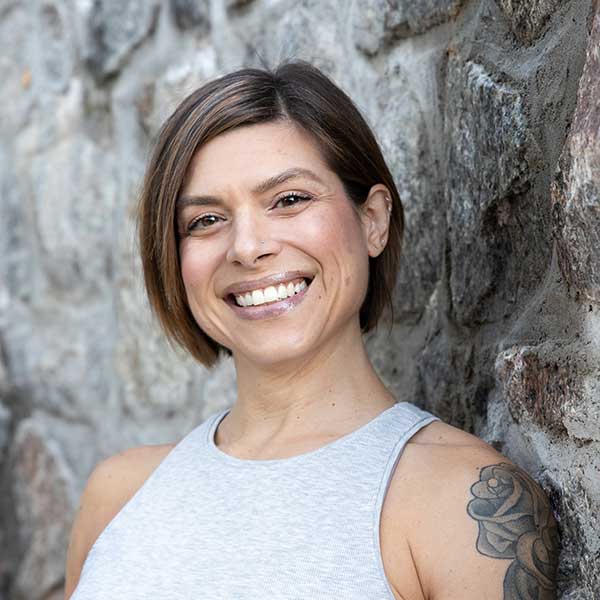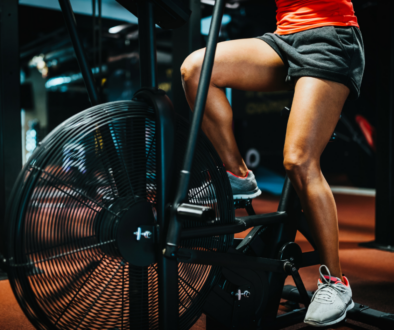How to Have a Strong Core
You know you need a strong core. If your core is weak, something’s going to go wrong in your low back (or somewhere else is your body). And core training is so much more than just sit-ups or crunches. Your core training routine needs to address each of the 4 core movements AND the 4 anti-movements.
The 4 moments your core makes are:
1. Flexion: examples are Sit-Ups, Crunches, and Reverse Crunches
2. Extension: the best example is Cobra Lifts (not pushing through the hands)
3. Lateral Flexion (side bending): examples are Side Plank Hip Dips and Oblique Crunches over the core ball.
4. Rotation (twist): examples are Seated Abdominal Twists and Bicycle
But you can’t have a strong core if you’re not training the Anti-Movements.
Your core has 2 jobs: movement and stability. Stability is another word for anti-movement. You need your core to be strong enough to resist movement. For every movement, there’s anti-movement.
Here are the 4 core anti-movements:
1. Anti-Flexion:
Hip Hinge with the dowel (or a broom). Maintain the 3 points of contact (head, thoracic spine, and sacrum) and the 2 spaces (at the cervical and lumbar curves). Resist flexing the spine as you hinge at the hips.
V-Sit or Boat Pose
2. Anti-Extension:
Plank, Push-ups, Plank Leg Lifts, Alternate Spinal Balance aka Bird Dog
3. Anti-Lateral Flexion:
Side Plank Leg Lift, Pilates Side Kick Series on the Elbow
4. Anti-Rotation:
Plank Alternating Shoulder Taps, Clams, Pilates Leg Circles
Include the 4 core movements AND the anti-movements in your training routine if you want to have a strong core and happy, healthy back.
Alicia Cross is a Certified Personal Trainer, Accountability Coach, and Yoga Teacher with more than 19 years’ experience working with clients just like you. If you have questions, email Alicia@AliciaCrossTraining.com.
As an Amazon Associate I earn from qualifying purchases.



